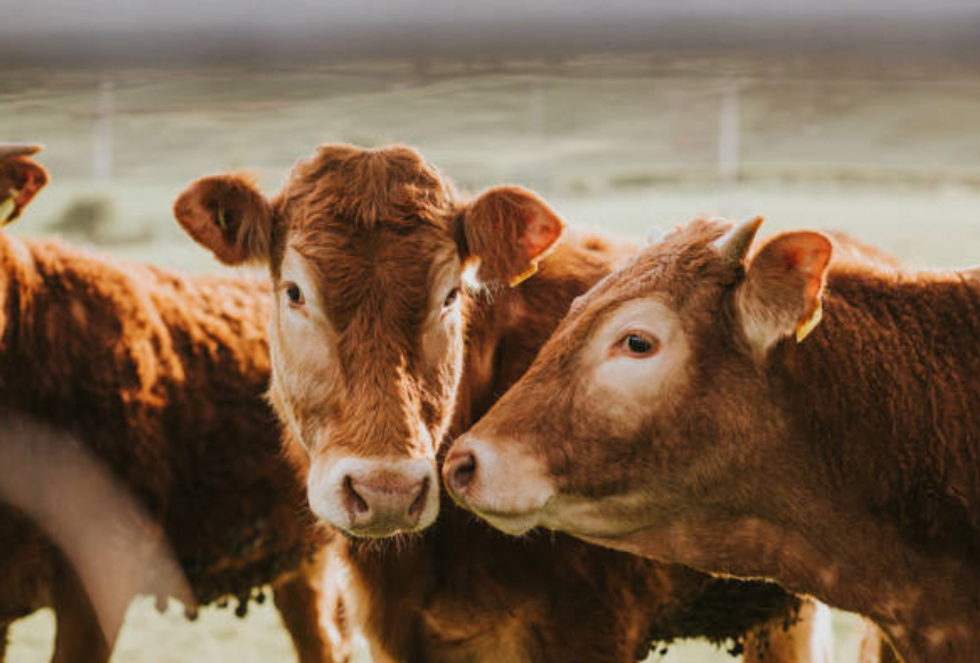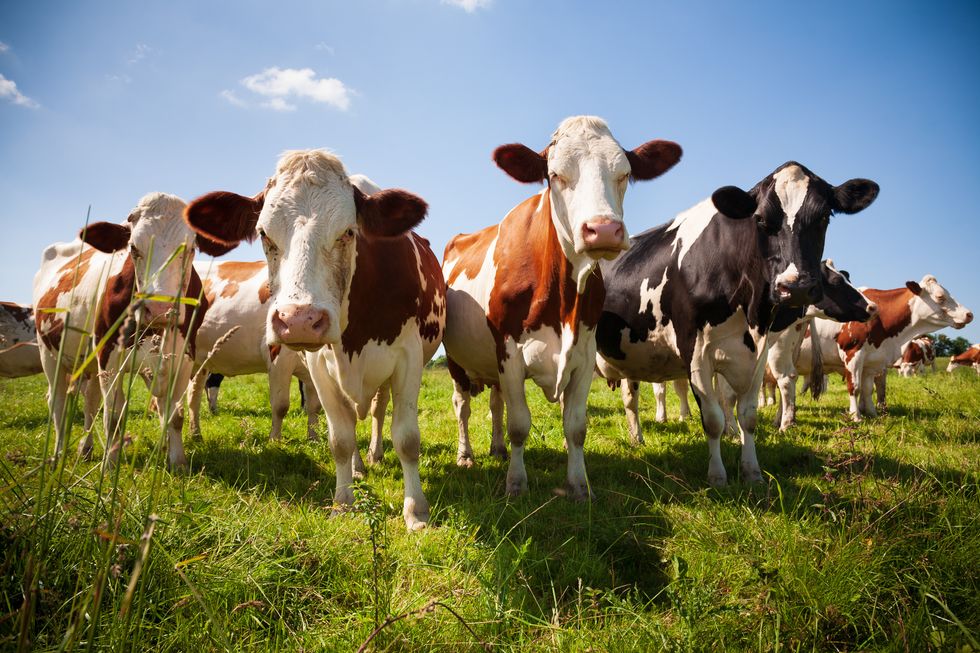Top professor sounds pandemic alarm as CDC confirms first human case of HN51 with no known animal exposure

CDC confirms first human case with "no immediate known animal exposure"
|Getty Images

It was confirmed in a Missouri resident who was hospitalised, recovered and had no known work-related exposure to sick animals, according to the Centers for Disease Control and Prevention
- CDC confirms first human case with "no immediate known animal exposure"
- It is the 14th human case of H5N1 reported in the US this year
- Professor calling for vaccine development and stockpiling
Don't Miss
Most Read
Latest
A leading professor has sounded the alarm over a deadly new strain of bird flu after the Centers for Disease Control and Prevention confirmed the first human case with "no immediate known animal exposure" in the US.
Since April, HN51 has spread like wildfire in domestic cattle and poultry. The strain has been detected in nearly 200 dairy herds in 14 states.
A handful of humans working on dairy and poultry farms have also been infected. Cases have been mild - patients presented with typical flu symptoms such as fever and chills - but the jump from cows to humans has worried virologists, not least because domesticated cattle share about 80 per cent of their genes with humans.
So far, there has been no evidence of human-to-human transmission but confirmation of the first human case with no known contact with dairy cows, poultry or wild birds in Missouri has raised serious concerns that H5N1 has acquired this adaption.

Since April, HN51 has spread like wildfire in domestic cattle and poultry
| Getty Images"This is the 14th human case of H5 [bird flu] reported in the United States during 2024 and the first case of H5 without a known occupational exposure to sick or infected animals," according to the Centers for Disease Control and Prevention.
The patient, who was hospitalised, had underlying medical conditions, was treated with influenza antiviral medications, subsequently discharged and has recovered, the CDC says.
The CDC notes that although other novel flu cases have been detected through the country’s national flu surveillance system, this is the first instance in which the system detected a case of H5N1.
It’s not clear whether the hospitalisation was caused by the bird flu infection or the person’s existing health conditions, Lisa Cox, a spokesperson for the Missouri health department, told the Associated Press.
The development comes as a top professor calls for an international response to the spread of HN51 as the world lurches towards a global pandemic.
“It is highly concerning that this H5N1 strain, compared with prior ones, has had unprecedented spread among mammals” said Doctor Jesse Goodman, a professor and infectious disease specialist at Georgetown University School of Medicine, in Washington, D.C.
“Although human cases have so far been relatively mild, the threat of a pandemic is real, given the virus’s widespread and continued presence close to humans and its potential to reassort with human influenza viruses or mutate to acquire the ability to transmit among humans," he wrote in a JAMA editorial.
He is pushing for "vaccine development, stockpiling, and deployment" to contain the threat.
LATEST HEALTH DEVELOPMENTS

The jump from cows to humans has worried virologists
| Getty ImagesMany countries, including America, are stockpiling H5N1 vaccines as part of their contingency plans and new ones are in the pipeline.
In May, WHO initiated a review of available influenza candidate vaccines and confirmed that they would work against the H5N1 virus circulating in cattle.
“Although the current public health risk is low, WHO is operating in a constant state of readiness for a potential influenza pandemic,” said Maria Van Kerkhove, who heads epidemic and pandemic preparedness and prevention at the WHO.
In addition to developing new vaccines, Professor Goodman and his colleagues outline short, medium and long-term actions to combat the H5N1 risk: protect exposed individuals and reduce pandemic risk; refresh vaccine stockpiles and enhance capacity; lay the groundwork for mitigating future threats.










